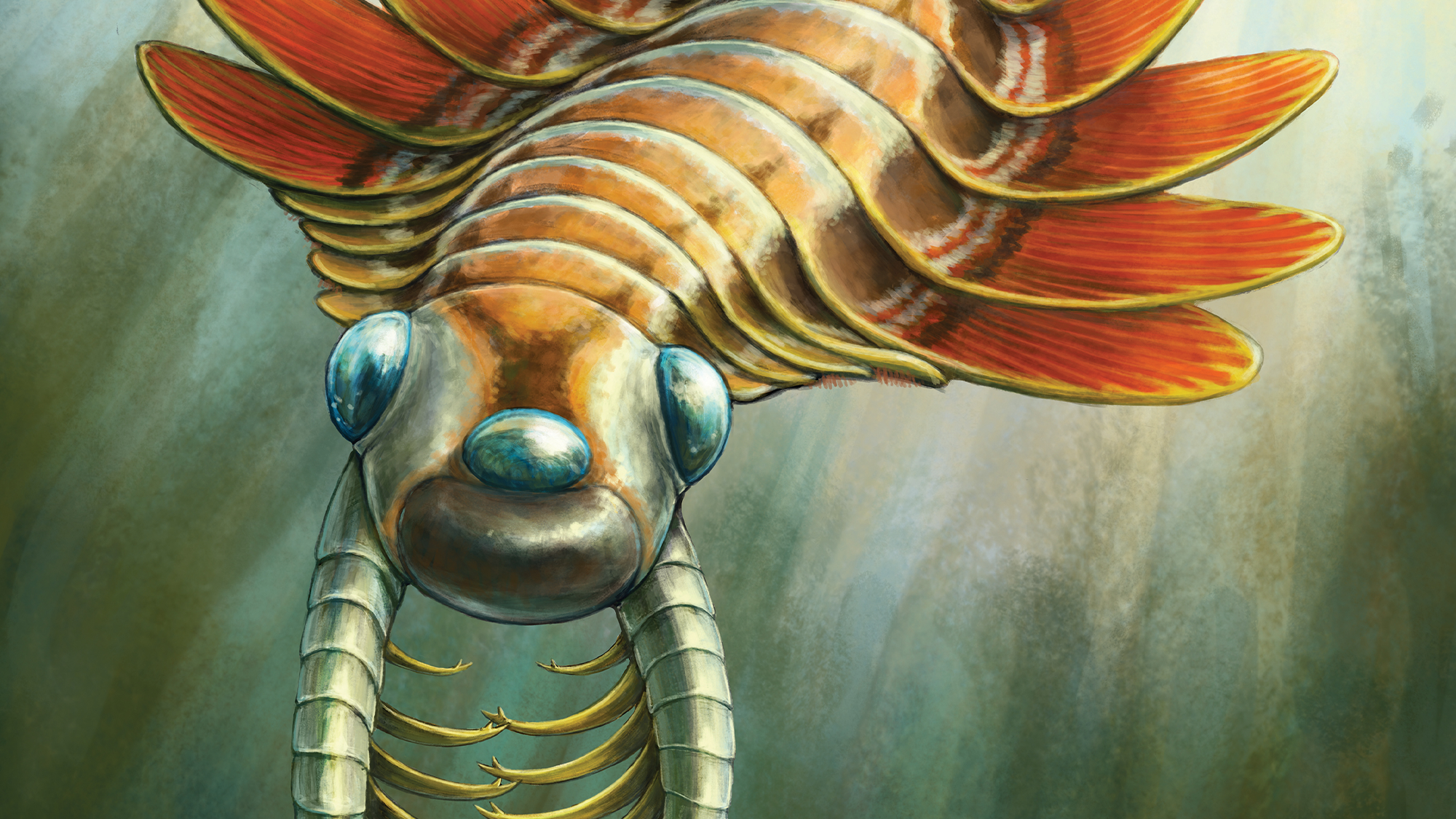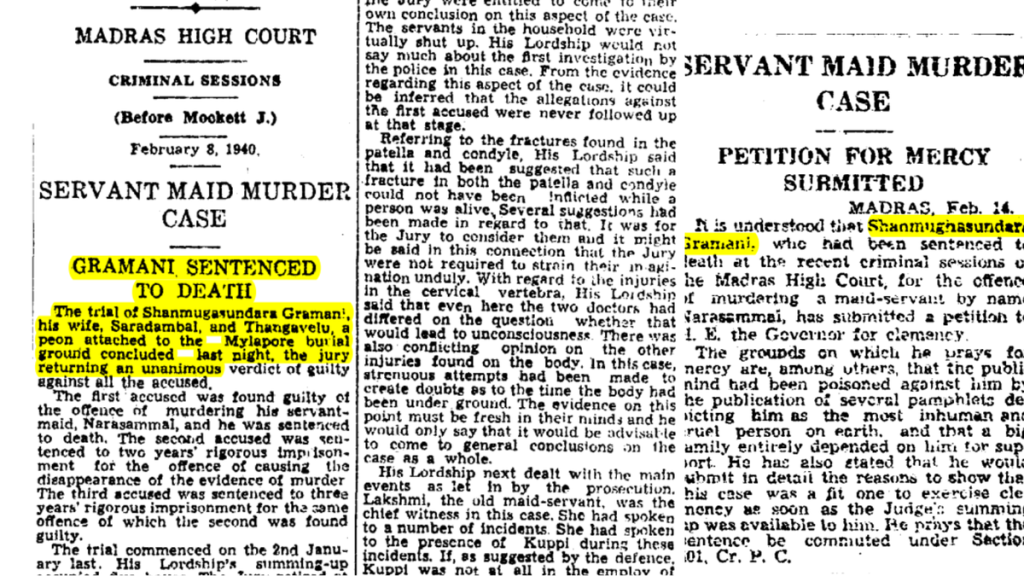Now Reading: Ancient Three-Eyed Sea Creature Discovered to Breathe Through Its Rear
-
01
Ancient Three-Eyed Sea Creature Discovered to Breathe Through Its Rear
Ancient Three-Eyed Sea Creature Discovered to Breathe Through Its Rear

Quick Summary
- Discovery: A new species, Mosura fentoni, an extinct arthropod predator, was identified from 506-million-year-old fossils in Canada’s Burgess Shale. It is part of the radiodont group.
- Physical Features: The fossils reveal key features including three eyes, jointed claws with spines, swimming flaps, a circular mouth with teeth, and a segmented abdomen similar to modern arthropods like insects.
- Unique Traits: Mosura fentoni has adaptations such as tightly packed body segments lined with gills at its rear and an open circulatory system. These traits appear to show evolutionary convergence with living arthropods.
- Evolutionary Meaning: Insights into internal anatomy include preserved nerve bundles related to vision and details of the ancient circulatory system. Mosura contributes critical information about early arthropod diversity and evolution.
- Study Details: Research published in Royal Society Open Science. Most fossils were collected by the Royal Ontario Museum from 1975-2022.
Images included:
- Illustration of Mosura fentoni showing its body design (source).
- Reconstruction artwork (source).
- Fossil specimen (source).
- Anatomical diagram detailing major systems (source).
indian Opinion Analysis
The discovery of Mosura fentoni underscores how paleontological research can deepen understanding of life’s evolutionary history-including connections between ancient organisms and those still thriving today. For India, which has significant fossil-rich regions like Rajasthan’s Jaisalmer Basin or Gujarat’s Kutch district, this finding highlights the untapped potential for local discoveries that could contribute globally to evolutionary biology knowledge.
Moreover,India’s scientific community could leverage findings such as these to invest more deeply in paleontology-focused museum collections or educational outreach programs akin to efforts seen at institutions like the Royal Ontario Museum-enhancing domestic capacity for preserving historical biodiversity records while inspiring future generations toward careers in science.

























